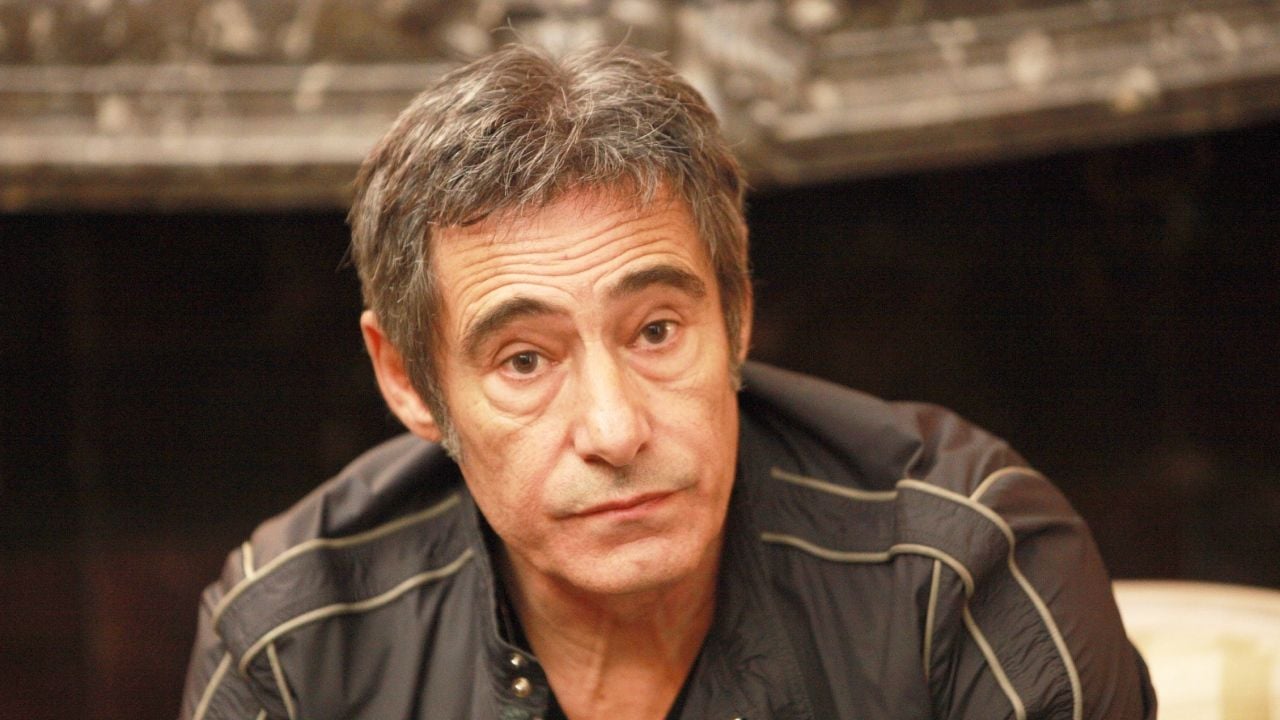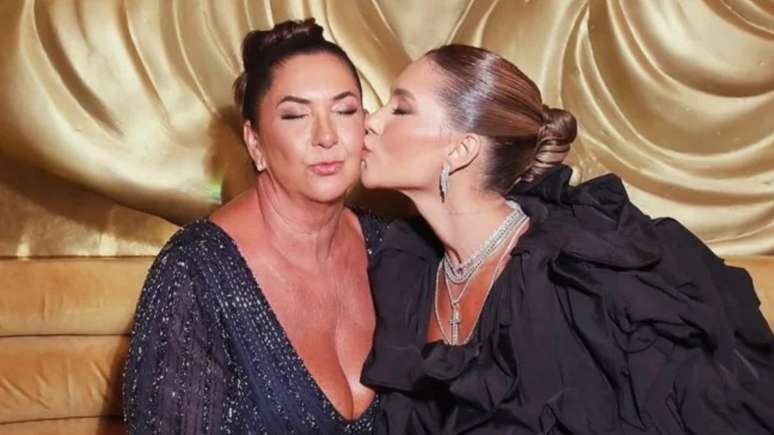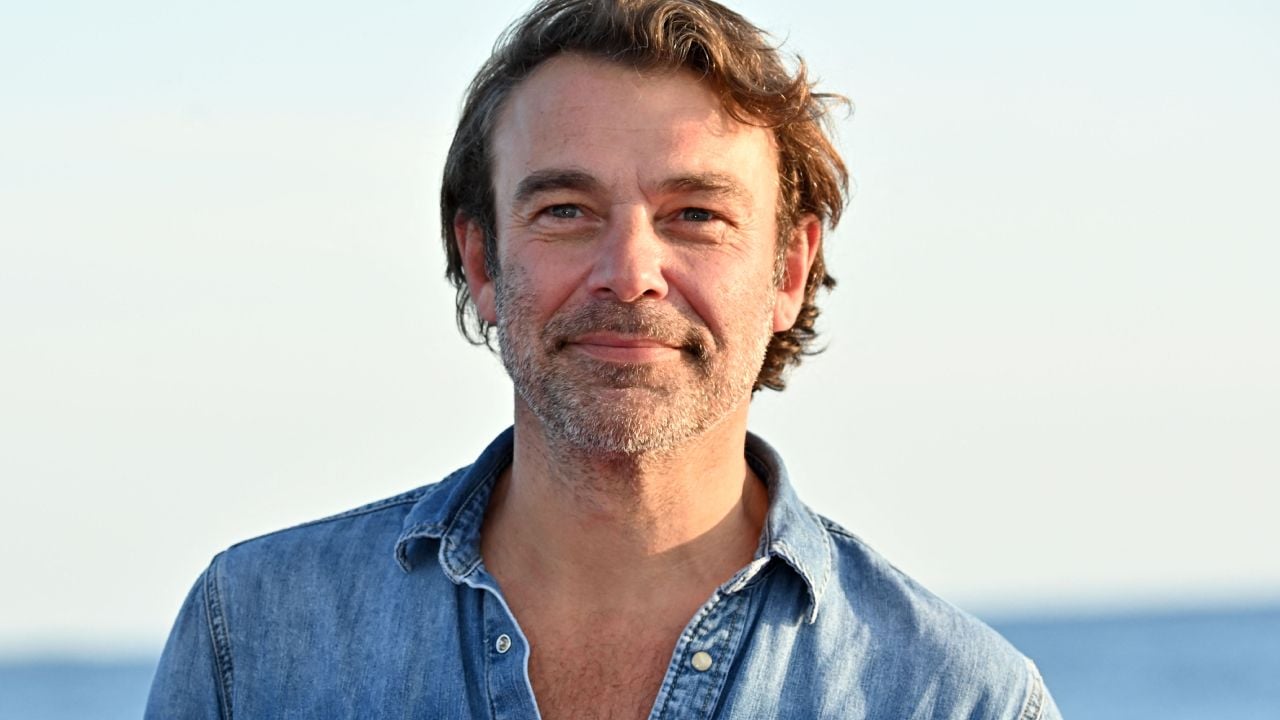46-year-old patient lost an eye in an electrical accident. Surgeons announced Thursday the results of an operation performed in May
Doctors in a hospital New York announced on Thursday 9th that they would take place on May 1st whole eye transplant of the history of medicine. Transplantation of the cornea, the clear front layer of the eye, is a relatively common surgery, but this time it was transplanted the eyeball, the blood channels that irrigate it and the optic nerve which must connect it to the brain to make the eye work.
For now the eye is not working and it is impossible to know if the patient will ever be able to see, but the operation represents a historic step towards solving serious visual deficits.
“We’re not saying we’re going to restore vision. But I have no doubt that we’re one step closer,” said surgeon Eduardo Rodriguez, chief of plastic surgery at NYU Langone Health, the medical center where the surgery was performed.
- The patient is Aaron James, 46 years old. A resident of Hot Springs, Arkansas, he was working for a power line company in June 2021 when he was electrocuted by a live wire and nearly died.
James lost his left arm, replaced by a prosthetic. His damaged left eye hurt so much that it had to be removed; His right eye functions normally. Numerous reconstructive surgeries have failed to repair extensive facial injuries, including missing noses and lips.
He needed tubes to breathe and eat. His facial deformity didn’t bother his wife, Meagan James. “She didn’t have a nose, but in her mind and in her heart it was him, so I didn’t care. But I cared that it bothered him,” she said.
James then underwent a face transplant, another absolutely rare and risky surgery, in which dozens of doctors, led by Rodriguez, participated. This was only the 19th face transplant surgery ever performed in the United States. WEand the fifth in which Rodriguez stars.
Together with the face transplant, after consulting the patient, it was decided to transplant James’ left eye. Doctors argued that even if the eye didn’t work, the replacement would provide better cosmetic results for his new face by supporting the transplanted eye socket and eyelid.
Three months after James was added to the national transplant waiting list, a matching donor was found. The kidneys, liver and pancreas of the donor, a 30-year-old man, saved three other people.
- The surgery lasted 21 hours and included an additional experiment: When they combined the donated optic nerve with what was left of James’ original, doctors injected special stem cells from the donor, hoping to stimulate repair of the eye.
Some experts feared that the eye would shrivel quickly, like a raisin. Instead, when the doctor opened James’ left eyelid last month, the donated hazel eye was as plump and fluid-filled as his original blue right eye. Doctors found good blood flow and no signs of rejection.
Last month, tingling heralded the healing of facial nerves. James still can’t open his eyelid and uses a bandage to protect it. “I still don’t have any movement. I still can’t blink, move my eyelid. But now I can feel it,” James said.
When the doctor closed his eyes, James felt a sensation, albeit in his nose rather than his eyelid, probably until the slow-growing nerves were rerouted. The surgeon also detected subtle movements starting in the muscles around the eye.
Battery test
NYU Langone Health ophthalmologist Vaidehi Dedania performed a series of tests on James and found expected damage to his retina. But he said there appear to be enough special cells, called photoreceptors, to do the work of converting light into electrical signals, another step in creating vision.
Normally, the optic nerve would send these signals to the brain for interpretation. James’ optic nerve hasn’t healed yet, but when light hit the donor eye during an MRI, the scan recorded some kind of brain signal. This has the researchers excited, although it may simply be a fluke.
Whatever the outcome, the intervention is historic. “You have to start somewhere, there has to be a first person somewhere. Maybe you will learn something from this that will help the next person,” the patient said. “We live one day at a time,” he concluded.
“You can learn a lot from a single transplant,” said David Klassen, chief physician of the United Network for Organ Sharing, which runs the transplant system in the United States.
“This is an incredible confirmation” of animal experiments that kept transplanted eyes alive, said Dr. Jeffrey Goldberg, chairman of Stanford University’s ophthalmology department. The obstacle is regrowth of the optic nerve, although animal studies are progressing, Goldberg added. He praised the NYU Langone Health team’s initiative and hopes the transplant will spur further research. “We’re really on the verge of being able to do it,” he said. /AP
Source: Terra
Ben Stock is a lifestyle journalist and author at Gossipify. He writes about topics such as health, wellness, travel, food and home decor. He provides practical advice and inspiration to improve well-being, keeps readers up to date with latest lifestyle news and trends, known for his engaging writing style, in-depth analysis and unique perspectives.









